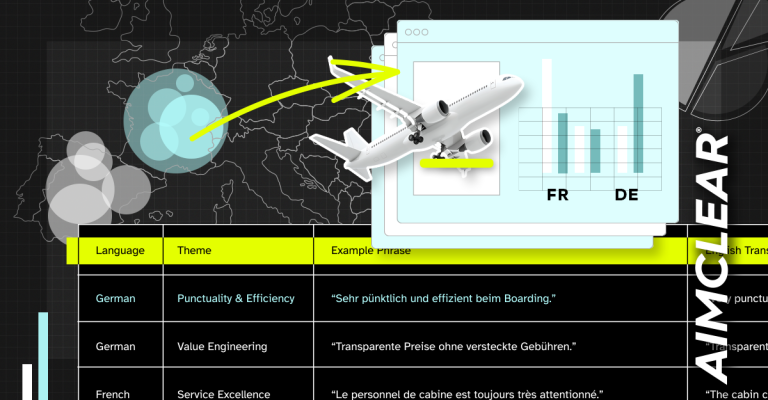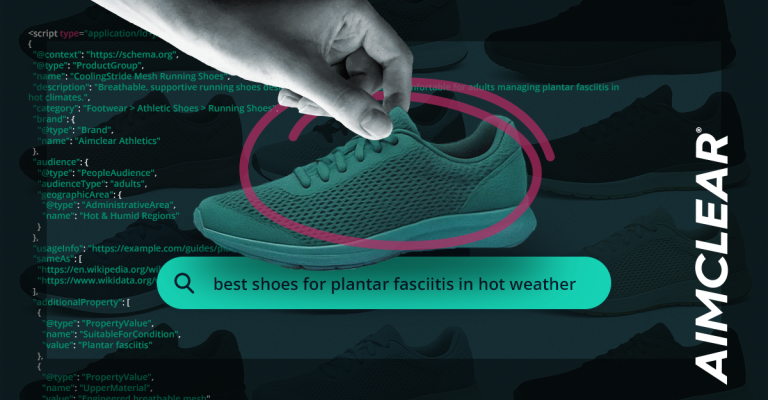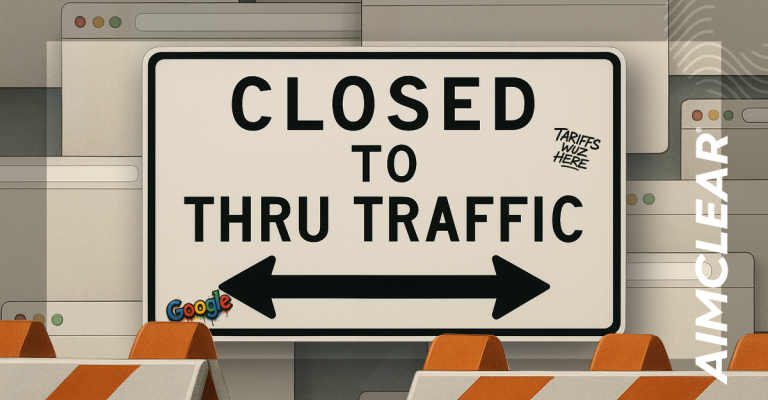
In a world where 140 characters can make or break a brand, where customers expect instant gratification 24/7, there’s little (if any) time for self-doubt or antiquated mindsets when it comes to marketing your company. You’ve got to study up, spread your wings and soar into action– armed with an iron-clad PR strategy advised and amplified by search and social media.
The Search, PR and the Social Butterfly session at #SESSF looks to deliver informative insight & tactical takeaways, featuring Lisa Buyer, President & CEO, The Buyer Group, Sally Falkow, President, PRESSfeed, Brett Tabke, CEO, WebmasterWorld, Kristjan Mar Hauksson, Founder and Director of Search & Online Communications, Nordic eMarketing, and moderator Susan Bratton, Co-founder, Personal Life Media. They were set to talk about the more contemporary alternatives to traditional press kits and media lists, as well as best practices for optimization and feed syndication, and the audience was ready to learn.
Susan Bratton took the mic and kicked off this lively discussion on the intersection of social & search, a vital area of growth & opportunity. Apparently, the session layout was inspired by a wealth of crowd-sourced questions that poured in prior to SES. Thematically, many of the questions revolved around “being a content manager,” so that’s just what the panelists sought to explore.
- Sally would be explaining why you need to think about yourself as a publisher.
- Lisa would take us through tools for managing content & coping strategies.
- Brett was set to share a case study about how you find influentials, track sentiments and see proof of results.
- Kristjan would wrap up with specifics about how to track efforts with his case study about… Beyonce.
Google Caffeine Jacks up the SERPs
Sally hit the stage first, pointing out one glaring change search has recently undergone: Google’s Caffeine algorithm, which unfurled in all its glory this past June. With this algo update, Google began to place greater emphasis on real-time & social content— indexes are constantly looking for fresh content with ample citations. (Citations, Sally explains, are instances of someone “mentioning” your name / brand in the social web, not necessarily a live link).
To rank well, you have to not only create content, but systematically deliver content. This alone literally makes you a publisher, so you better start thinking like one. As a publisher, you can reach your audience directly– you can be the media and cut out the middle man. But of course, you still want to be found in media, you should still aim to be picked up by bloggers.
Sally’s big takeaway: you should absolutely have a feed on your website that syndicates your content – not just blog posts, but everything.
The Impact of Universal Search
It’s been a while since page 1 of SERPs simply consisted of “ten blue links.” Universal search mashes video, news, images, products, maps and now real-time search results all together in the prime restate that is the top of page 1. Sally cited studies (oy, say that 5x fast) that show visitors tend to look at images, video & news results first, above organic web results. By syndicating various mediums of content, you’re able to better saturate Google as well as get in front of content-hungry bloggers.
[Resource freebie: Sally cites Social networking sites: 10 mistakes organizations make — check it out.]
The Big Hit vs. The Right Hit
Sally warns us not to get stuck on trying to hook the big influencer… sometimes, it’s the little guy/gal blogger who can drive serious traffic to your site. Check out Seth Godin’s “Meatball Sundae” – featuring a section about 14 trends that are changing the world (all of which, Sally says, apply to what we’re talking about). As Seth points out, it’s not about getting 1 million eyeballs, it’s about getting the right eyeballs.
Next up, the delightful Lisa Buyer. The theme of her preso: publicize, optimize, socialize. “The old world of PR is changing,” she says, “and it ain’t coming back!” Customers nowadays are search & social-savvy, but so is the media. The majority of reporters and journalists now depend on social media for their story ideas and sources. Citing a Cision George Washington study from January 2010, Lisa points out that:
- 89% of reporters & editors are now turning to blogs for stories & research
- 65% use social networking sites, ex: Facebook
- 52% use microblogging sites, ex: Twitter
- 100% of journalists use google as a tool when working on stories. (Not surprising, but still neat.)
Publicize
Lisa recommends you leverage paid services, social media news rooms, corporate news rooms, news sources for ample distribution of content.
Tip: have a PR strategy. You should be publishing & distributing a PR at least every 30 days to stay in Google News.
Optimize
Lisa quotes Lee Odden: “If it can be searched, it can be optimized.” PRs, blogs, videos, images, posts, tweets, profiles can (and should) be optimized.
Socialize
Schmooze with the media– schmoozing forms and platforms have changed. Go to tweet-ups. Check out the conversation happening at #journchat. Socialize with the media on Facebook & LinkedIn. Also, schmooze with your customers via tweets, blogs, FB, 4sq, etc.
Is foursquare the “new PR darling” ?
If you’ve got a brick & mortar biz, Lisa strongly recommends claiming your listing on 4sq, using it to promote in-store specials, reward your customers, know who’s coming into your store…
Lisa’s Top Tips
- Have a content strategy. Break it down to daily/weekly/monthly strategies.
- Add social media IDs/ links to press release.
- Add sharing tools in the news room.
[Freebie: For cheap PRs, Sally recommends The Open Press – $20 per PR – you will be indexed Google News in 10 minutes. Whoa.]
Next up was Brett Tabke. He shared a story about how PubCon targeted influentials via social media, not PPC.
Gem Quotations
- “SEO is not a profession, it is a lifestyle.”(Oh baby. That tweet got some serious RT-love, especially with the ad-lib hashtag, #geeksforlyfe.)
- “People tell you to optimize this or that. I say, optimize everything… make it part of your day-to-day life.” (Yes!)
Facebook vs Google
Compete stats showed in April 2010, Facebook finally surpassed Google for most uniques per day (stats may have been slightly skewed because every time you log into FB– maybe 7x each day… its counted as a unique).
“What a changing of the guard we’ve had in the last few years,” Brett noted. “What we’re in now is EVOlution, not REVOlution. As SEOs/SEMs, we are in a unique position to see what’s leading edge and adopt it before it reaches a tipping point.”
Twitter & Influentials: The PubCon Story
Background: PubCon spent $65k on PPC ads over 4 years. Tragically, they could not track a single sign-up for the conf from a single PPC ad (and there were over 200k ads served up… yikes.)
“We realized people were not going to sign up for a conference based on a PPC ad,” Brett admitted.
With the crash of 2008, the economic downturn, sales flat-lined, and there was a serious conf crisis. So PubCon reevaluated every part of their marketing strategy. Conclusion: it was time for the marketing conference to get serious about marketing.
Trust & Recommendation
A survey showed people invest in / sign up for a conference based on a recommendation from a friend/association etc. The opportunity for PubCon was with word of mouth marketing. So, they took a second look at Twitter… and behold, PubCon’s AH-HA moment!
Blogging vs. Tweeting
Blogs live forever – tweets don’t. Back up: what IS tweeting? Brett looks at it like a one-time broadcast event. Retweeting is when the event enters reruns. PubCon switched to an “all Twitter all the time” strategy in 2009. They spent zero dollars on marketing and ads.
The results: attendance for PubCon rose 30% during a time when other conferences were seeing declines in attendance. Wow.
Retweet Reach
PubCon has 26,000 followers. Those followers have a collective total of 22 mil followers. That’s a helluva reach!
Tweet & RT Trends
- 20% of tweets have links
- 70% of retweets have links
- This makes RTs technically seem more educational, informative because they contain links to resources.
- Afternoons are RT-heavy
- Highest tweet day = Wednesday
- Highest RT days= M & W, 2:15-3:30 pm EST
- #1 Twitter city = London, England
Brett’s Tips:
- Follow all your competitions followers. They will follow you back 🙂 .
- Put tweet it buttons everywhere! Make sharing your stuff super easy.
- Leverage Klout.com to identify influentials. (Klout is like page rank for Twitter.
- Track retweeters, thank them. Keep score. RT your friends. Share, share, share!
- Leverage social media monitoring tools like Radian 6 & Trackur (great sentiment analysis!).
Last but not least, Kristjan shared some more time-based stats for indexing news based on a case study about yes, Beyonce. So. Beyonce was recently accused of stealing fashion design.
- The story went live 9:10am
- Google picked up at 9:12 am
- The 1st organic visitors came through Twitter 9:29 am
- Google News returned the 1st visitor at 10:41 am
- News media comes in at 1:31 pm
Findings & Action Points
- After checking out 2 million visits, it shows that Google web is still #1 research tool.
- Google News is #2, but it stands to show that news results are in blended web results.
- Know what type of analytics are you using to monitor your site.
- Don’t focusing on overall trends– look instead at who’s actually coming in- where are they from, what their language is, their vernacular.
- When sending out PRs, use Google KW tool & Google Trends to incorporate the best words for your target audience.
So what do you say? Are you ready to spread your wings, open your mind, and leverage both search & social to propel your PR campaigns?








